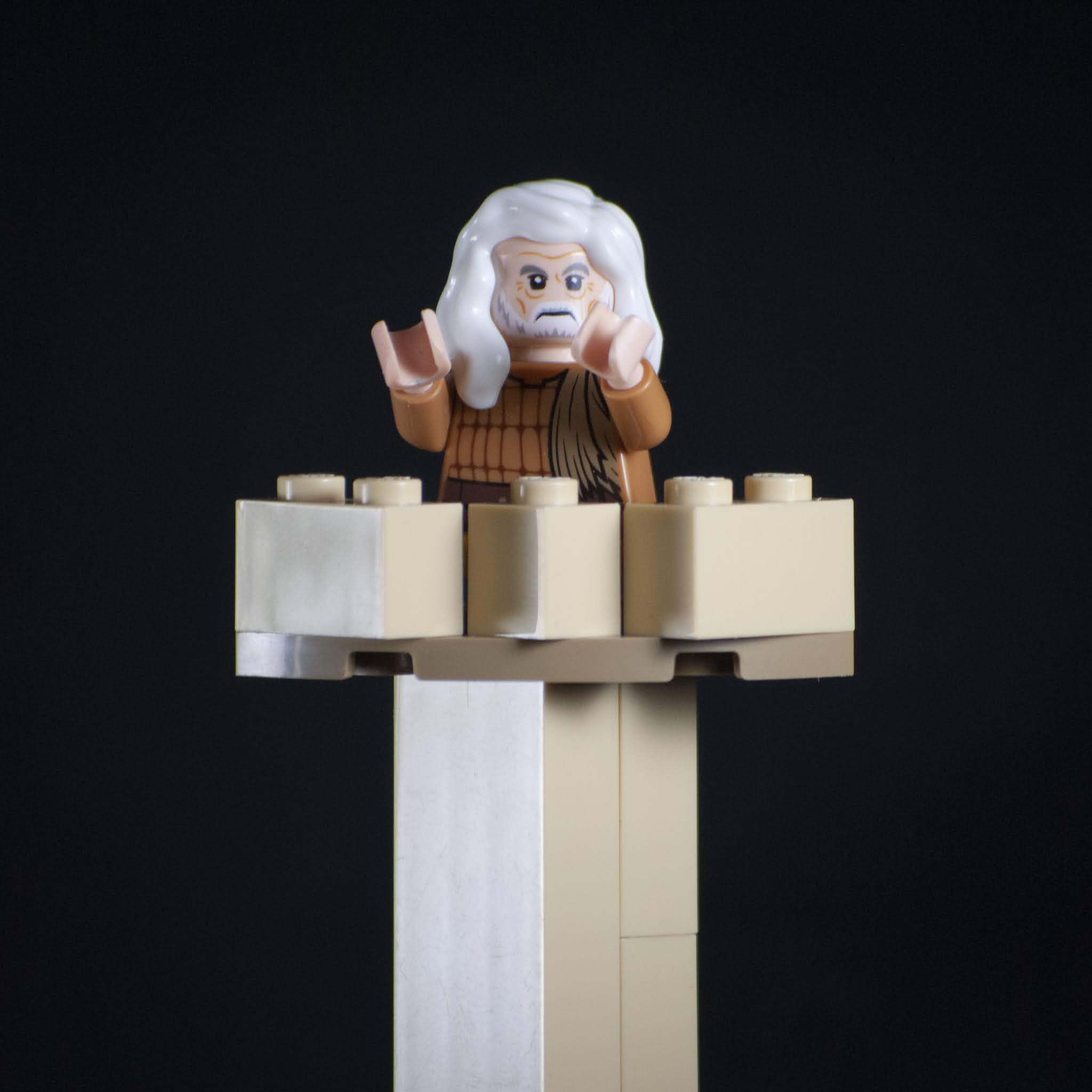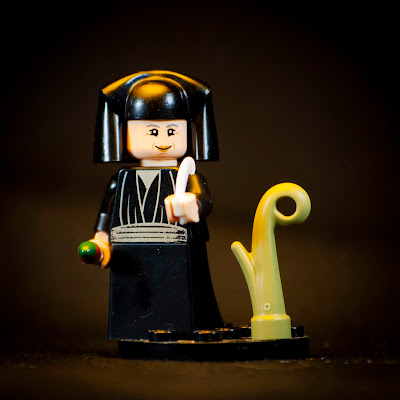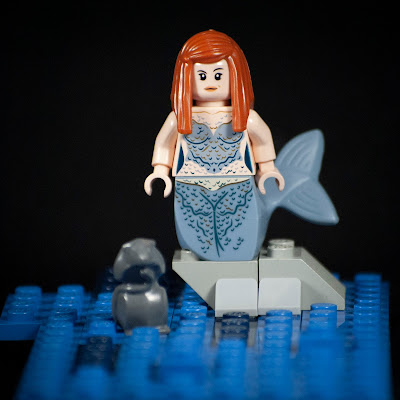St. Simeon the Stylite
St. Simeon the Stylite demonstrates a dedication to reliance on God to the extreme -- he spent most of his life atop a pillar, without shelter from the elements or any possessions. His unusual approach to asceticism was so inspiring that it kicked off a centuries-long trend of "pillar saints" following in his footsteps.
Region: Syria
Patronages: Shepherds; Those who have left the church
Iconograpy: Atop a pillar; Habit; Long unkempt hair and beard
Feast Day: September 1 (Eastern Catholic & Orthodox) / January 5 (Roman Catholic)
Young Simeon became enamored with the Christian faith when he was 13, after hearing a gospel reading of the Beatitudes ("Blessed are the meek", etc.). He joined a monastery before he was 16 and began pursuing an ascetic life immediately, giving away everything he could and restricting his niceties far beyond that which his fellow monks required -- or even found appropriate. It wasn't long before Simeon was asked to leave the monastery, as his austerity was so extravagant that the other monks found it alarming. However, during his time here, Simeon was said to have memorized all 150 of the Psalms.
Simeon's piety next led him to become a hermit, so he found a small hut to stay in. Eventually he retreated further out into the wilderness to live in a cave.
Here, he fasted for Lent without any food or drink, which locals began to consider a miracle. He took to standing constantly as well, as another form of penance. Simeon's feats of faith continued to draw crowds, as numerous pilgrims would come to witness what he could accomplish from the strength of his reliance on God alone. They came to him for healing and miracles, and to hear his prayers and worship.
However, Simeon became concerned that his practices were bringing too much glory to himself, rather than helping his connection with God. He also worried that he wasn't able to spend enough time in personal prayer, with so many visitors.
Soon Simeon found a way to seclude himself even further in his asceticism. He discovered a pillar in an old ruins, about 10 feet tall, which had a small platform on the top. He moved onto this pillar, fed by village boys who would climb the pillar to deliver him bread and milk.
News of Simeons' unusual mortification spread quickly, and some in the church began to fear that he was more concerned with his own pride than with spreading and following the word of God, so they devised a test. Some of the elders sent him a letter, demanding on their authority over him that he come down from the pillar. They reasoned that, if he were sincere in his faith, he would submit to his superiors and come down, in which case they would allow him to stay. But if he demanded that he should be allowed to stay atop the pillar, then his practice was not coming from a place of humility, and they would forcibly remove him. Simeon chose to obey, and so the monks revealed the test to him and told him to stay where he was.
As Simeon's fame grew, he added onto the pillar, in order to further distance himself from the crowds that gathered to witness his spectacle. It eventually reached 50 feet tall.
Unlike other hermits, though, Simeon chose not to seclude himself from the world. Despite the height of his pillar, Simeon still allowed visitors to join him in prayer and instruction by means of a ladder that reached high enough for private conversation. Simeon also wrote letters, trained disciples, and preached to the crowds that gathered about not cursing and using wealth morally, as well as temperance and compassion.
Eventually, Simeon had a wall built along the base of his pillar, in order to keep the crowds from drawing too close and disrupting his prayer. Even his own mother was not allowed past the wall to visit him. Simeon told her:
"If we are worthy, we shall see one another in the life to come."
She was satisfied with his response, and lived nearby in silence and prayer until she died. Only then did Simeon allow her coffin to be brought to him, where he bade her farewell and prayed over her body.
After 37 years living atop the pillar, Simeon died while praying silently. He was buried near the pillar, though later his remains would be taken to another church as relics.
The pillar itself still stood for many years. The Church of Saint Simeon was built around it. Over time, pieces of it crumbled away, until finally only the base remained. Sadly, it was destroyed in 2016 by a missile strike.
Simeon's legacy would inspire many other ascetics, included St. Simeon the Younger, who also lived his life atop a pillar, just like his namesake. In our increasingly comfortable world, it is important to keep in mind the saints before us, who would go to such extreme lengths just to deny the relatively few comforts available to them in their own time.






